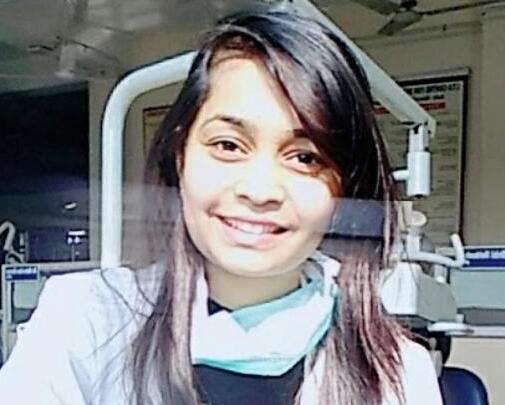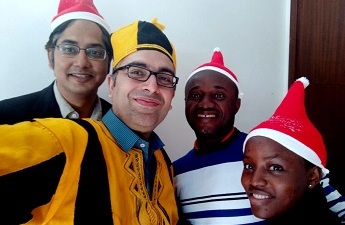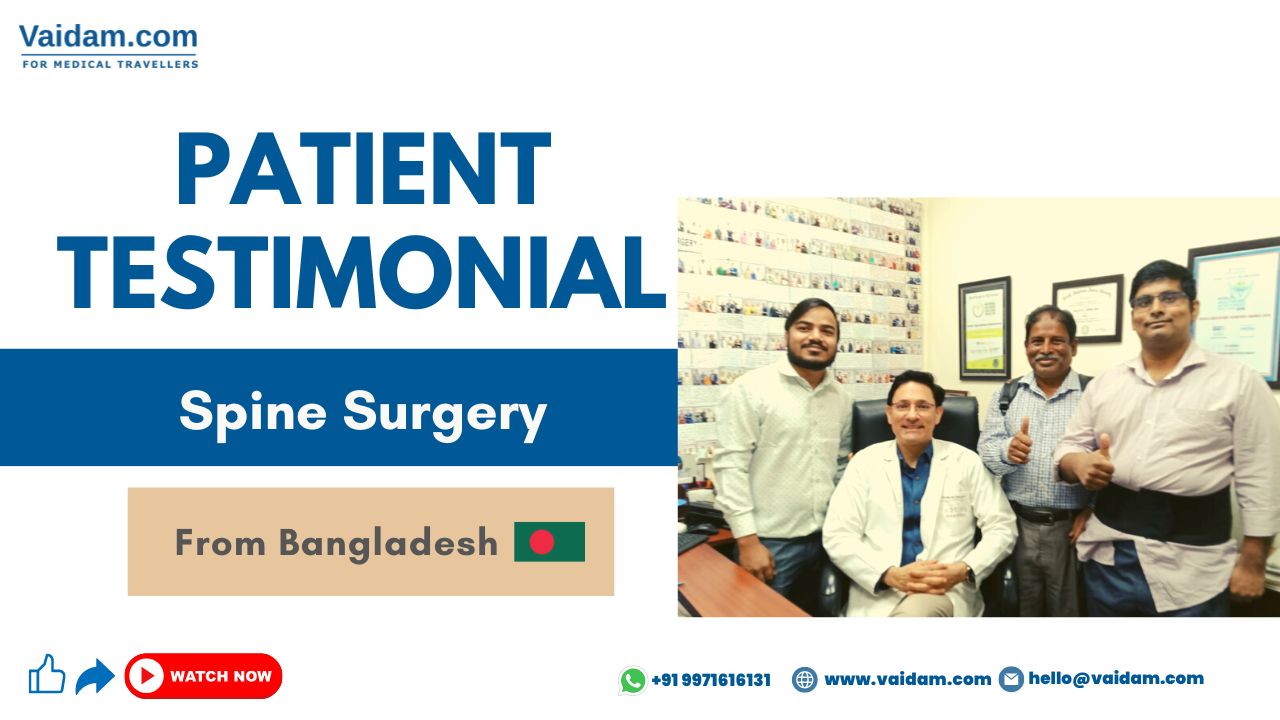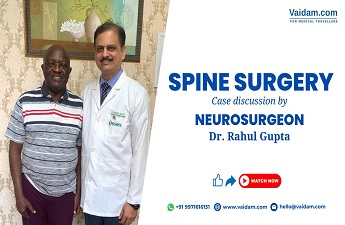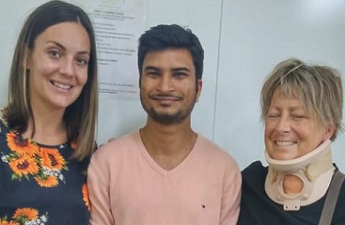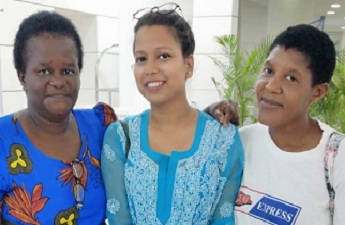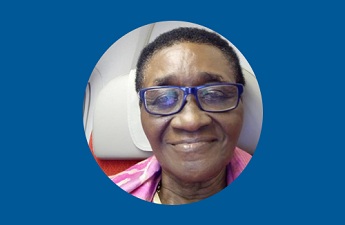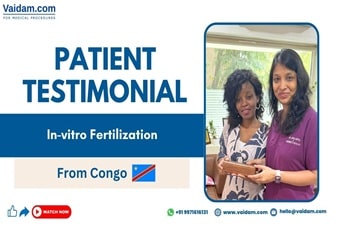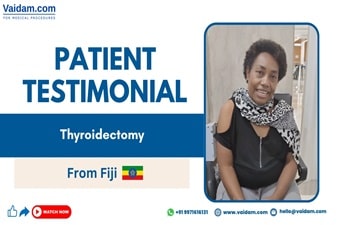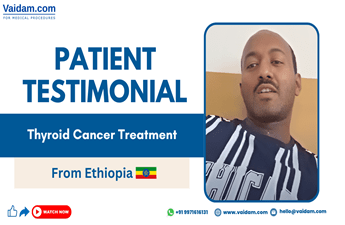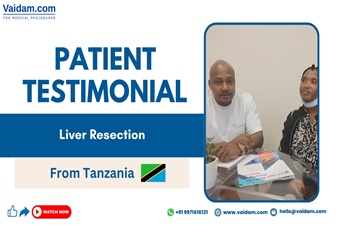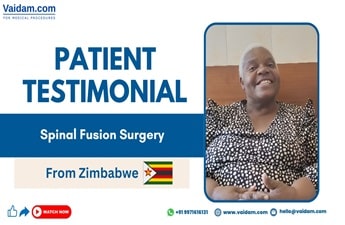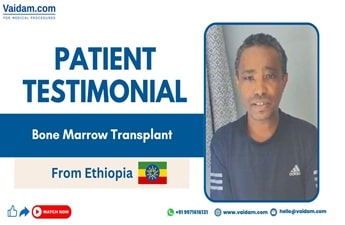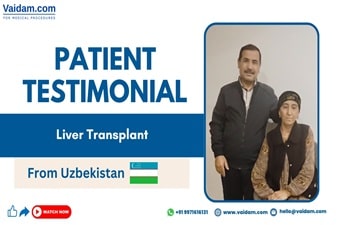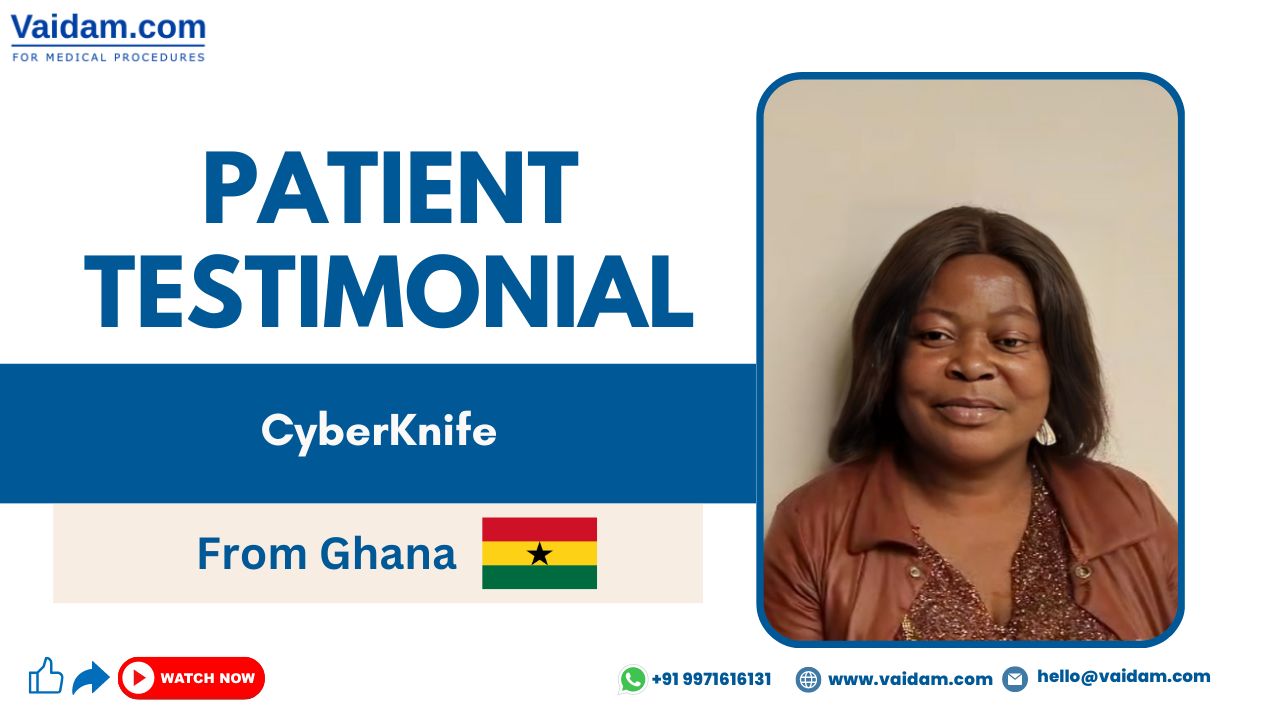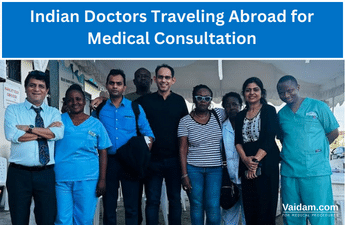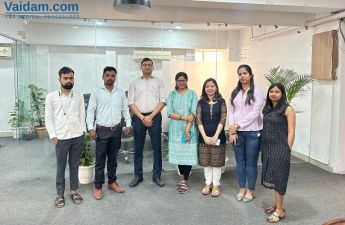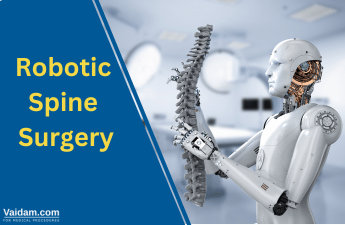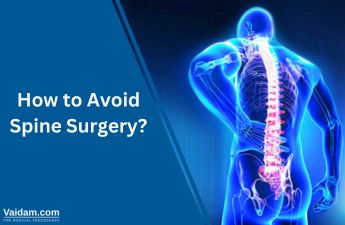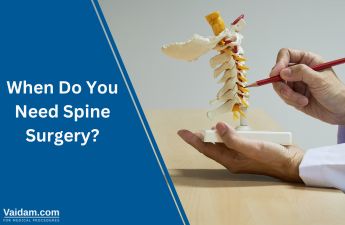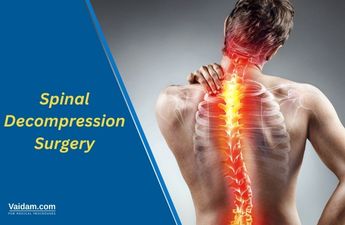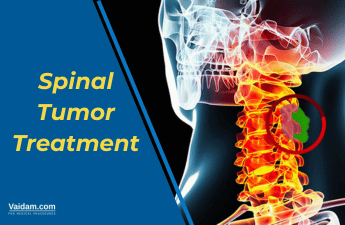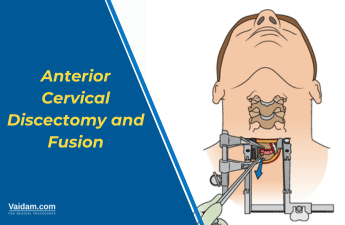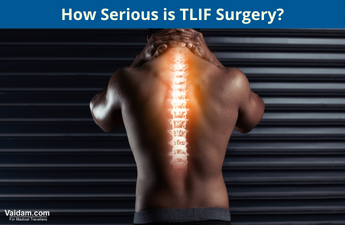What is Spinal Fusion?
Spinal fusion is a surgical procedure which is performed to correct problems related to the small bones of the spine (vertebrae). This technique principally follows the welding process.
Get in Touch with Medical Experts
That is it requires to simply fuse together the painful vertebrae, so that the healing results in a single, solid bone. This is a permanent procedure to connect two or more vertebrae in the spine, removing the motion present in between them.
Overview of spine 
Spine is buildup of 33 small bones called vertebrae, which are arranged one above the other, having a soft intervertebral disc between each pair of the vertebrae. Intervertebral disc contains a soft jelly-like substance called, nucleus pulposus present in the center, and is surrounded by multiple layers of collagen called the annulus fibrosis (like an onion). This disc attaches and helps in the movement between vertebrae and also acts as a shock absorber of the spine. Hence, the vertebrae acts as a protective shield for the spinal cord & nerve roots.
Functions of the Spine:
Main functions of spine are to:
-
Protect the spinal cord, nerve roots and other body’s internal organs.
-
Helps in providing structural support and balance to maintain an upright posture.
-
Allows flexible motion of the body.
When is spinal fusion needed?
Spinal fusion surgery is done to permanently connect two or more vertebrae in the spine to improve stability, correct a deformity or reduce pain. Spinal fusion is performed:
-
To remove the bone and tissue that are narrowing the spinal canal and squeezing the spinal cord and/or the spinal nerves.
-
It may be performed as a follow-up procedure after surgeries that were done to treat problems such as herniated disc injuries, spinal stenosis, infection, and tumors
-
It may help in relieving symptoms of back problems which can be caused by :
-
Degenerative disk disease
-
-
Spondylolisthesis
-
Abnormal spine curvatures like scoliosis or kyphosis
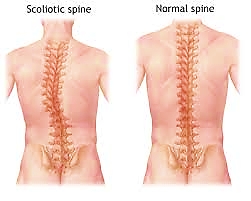
-
Fracture
-
When spine becomes weak or unstable due to infection
-
Spinal Fusion Surgery in India
One of the most opted for destinations around the world, India, provides all the state-of-art facilities and treatments at a cost that is even less than half of what the other countries would charge.
With some of the best spine surgery doctors on board the spine surgery hospitals in India provide the most appropriate treatment to their patients. Having modern infrastructure and facilities, the spine surgery hospitals in India also houses several latest medical equipments and possess bone banks, infection free modular operation theatres, ICUs and emergency care units delivering excellent patient care.
Acquiring several years of experience, the Indian spine surgery doctors are eminent not only because of their successful delivery of spinal fusion treatment and other spine treatments but also because of their ongoing research and their valuable contribution in the medical world.
Know More:
Cost of Spinal Fusion Surgery in India
The cost of spinal fusion surgery in India starts from USD 5,000. It may vary on the basis of the procedure or the problem the patient is inflicted with.
SPINAL FUSION PROCEDURE
The main goal of the spinal fusion procedure is to make the two vertebrae fuse together (grow solidly together) so that any motion present in between them is restricted. By fusing the two vertebrae together might also stop the formation of bone spurs at that particular location, which will further help in reducing pain and potential nerve injury. There are several surgical options for spinal fusion surgery. Most commonly used surgical techniques are:
-
Posterolateral gutter fusion – In this procedure a posterior approach is used. That is an incision is made in the back
-
Posterior lumbar interbody fusion (PLIF) – In this procedure also an incision is made in the back and it includes removing the disc present between two vertebrae and implanting bone into the space created between the two vertebral bodies
-
Anterior lumbar interbody fusion (ALIF) – In this procedure an anterior approach is used. That is an incision is made in the front and it includes removing the disc between two vertebrae and inserting bone into the space created between the two vertebral bodies
-
Anterior/posterior spinal fusion – This procedure is performed from the front and back
-
Transforaminal lumbar interbody fusion (TLIF) - Similar to the PLIF, this procedure is also performed from the back of the spine
-
Extreme Lateral Interbody Fusion (XLIF) – This is an interbody fusion in which the approach is from the side
Before the procedure
-
Surgical tests (e.g., blood test, electrocardiogram, chest X-ray) are performed prior to the surgery.
-
Patient’s medical history (allergies, medicines/vitamins, bleeding history, anesthesia reactions, and previous surgeries) is taken.
-
Patient is advised to stop taking all non-steroidal anti-inflammatory medicines (Naprosyn, Advil, Motrin, Nuprin, Aleve, etc.) and blood thinners (Coumadin, aspirin, etc.) one week prior to the surgery.
-
Patient is also advised to stop smoking, chewing tobacco, and drinking alcohol one week prior and 2 weeks after the surgery, as these can cause bleeding problems.
During the procedure
Surgery is performed under general anesthesia .Entire procedure can take 3-4 hours.
-
Patient is prepared for the surgery
-
Incision: Depending on the bone to be fused, an incision will be made for the placement of the bone .Incision will reach the spinous processes, the bony projections off the back of the vertebrae. After that the muscles along with the spine are moved and will reach the lamina, the protective bone over the back surface of the spinal cord.
-
Bone Graft: the two vertebrae are fused with the help of bone graft. This graft is taken either from the pelvic bone or at times from pieces of bone that were removed in the process of decompression. Graft is placed either from the back (posterior approach), from the front (anterior approach) or by a combination of both.
-
Fixation: For fusion to occur, it is important to make sure that the spine is held in a proper healing position .This is attained by the use of fixation devices such as pedicle screws and rods. These devices will hold together the vertebrae to be fused and prevent them from moving. If there is limited motion in between the two bones trying to heal, then there are high chances that the fusion will be successful. With the help of these fixation devices the success rate of spinal fusion procedures has increased considerably.
-
After the surgery a drain is placed in the incision site which will help to withdraw fluids over the next several days. Fusion takes place slowly and after the operation it may take months to fuse completely.
After the procedure:
Patient will be hospitalized for four or five days after the procedure. Patient will be put on pain killers to provide relief from the post-operative pain. New techniques to walk, sit, and stand safely will be taught to the patient .Patient will not be allowed to start again a normal diet of solid food for a few days.

Post-hospital care
Patient may be advised to wear a brace to keep the spine in proper alignment. Full recovery from spinal fusion can take three to six months. Patient’s age, overall health, and physical condition will affect his healing and that will determine when he/she will be able to return back to normal activities.
Once the patient is back home, it is very important to follow the doctor’s instructions during the first few weeks after surgery.
-
Pain management: Patient will be prescribed pain killers to provide them relief from pain. An ice pack can be kept over the graft site for pain control. Ice should be applied for only short periods of time, so as to prevent tissue freezing and injury.
-
Diet: Normal diet can be started. Additional intake of liquids, fruits and vegetables in the diet is recommended prevent constipation.
-
Sponge bathing should be continued for another 7-10 days after surgery.
-
Activity: Initially patient will limit themselves due to stiffness and soreness. After the few weeks, normal activities can be resumed.
-
Scar care: During the first year, application of sun block over the incision I recommended.
-
Dental precaution : Before undergoing any dental treatment it is very important to inform the dentist
Follow-up: Follow up after the surgery is very important. Follow-up will start one month after the surgery, followed by appointments which may be 3, 6, 12 and 24 months after surgery. This may vary depending on the individual.
Doctor should be informed, if the patient reports any of the following symptoms:
-
Fever
-
Redness, swelling, bleeding, or other drainage from the incision site
-
Increased pain around the incision site
SPINAL FUSION COMPLICATIONS
Normally spinal fusion is a safe procedure. But like any other surgery, spinal fusion can also carry risk of complications.
-
Breathing problem can occur.
-
Infection, including in the lungs (pneumonia), bladder, or kidney.
-
Blood loss.
-
Heart attack or stroke during surgery.
-
Reactions to medication.
-
Allergic reaction to anesthesia.
-
Infection in the wound or vertebral bones.
-
Damage to a spinal nerve, causing weakness, pain, loss of sensation, problems with the bowels or bladder.
-
The vertebrae above and below the fusion are more likely to wear away, leading to more problems later.
-
Blood clots in the legs which may travel to the lungs & can be life threatening.
FAQs
> Will a person require blood transfusion during the surgery?
Some blood loss occurs during surgery, but mostly a blood transfusion is not required. More extensive surgeries may sometimes require a blood transfusion.
> For how long a person is advised to stay in the hospital?
Duration of stay in the hospital can be from an overnight stay to a week. This will depend on the procedure & severity of the case.
> When can a person start walking after the procedure?
Patient is encouraged to start walking the very next day after the surgery.
> Does a patient requires physiotherapy sessions after the surgery?
After the surgery, patient is advised to go for physiotherapy sessions as this will help them to maintain a good posture and will also teach them the right way of moving the spine.
> Should a person go for an allograft or autograft bone?
This is decided on an individualized basis. In general, I use an allograft (donor bone) and BMP in single level fusions, and autograft (bone graft taken from the patient's hip) for multilevel fusions. Under some circumstances in a single level fusion, and in multilevel fusions, using bone harvested from the patient's hip may have a higher fusion success rate.
> Is there any certain position in which a patient should sleep in at night?
There is no recommended position in which a person should sleep. Few people find it comfortable to sleep with a pillow in between their legs or under their thighs. The most important thing is that patient should be comfortable while sleeping.
> When can a person go back to work?
Going back to work will depend on the occupation one is with. If a person is in an occupation where physical work is required then they should wait for up to 3-6 months. With a sedate occupation one can get back to work with as soon as 3 weeks.
> What is the success rate?
Success rate for decompression spine surgery is high, with approximately 90% of patients getting relief from the leg pain after the surgery.
Alternative Names
Low back pain – fusion, Arthrodesis, Vertebral interbody fusion, Posterior spinal fusion, Spine surgery - spinal fusion, Anterior spinal fusion and Herniated disk – fusion
REFERENCES
http://orthoinfo.aaos.org/topic.cfm?topic=a00348
http://www.xortho.com/spinal-fusion-procedure
http://www.nytimes.com/health/guides/surgery/spinal-fusion/overview.html
http://www.sandiego-spine.com/subject.php?pn=postop-posterior-fusion


